Defining Generative Artificial Intelligence
Generative AI marks a transformative time in Artificial Intelligence, permanently altering how data is created and processed; unlike traditional AI models, which operate in predefined parameters and follow rule-based algorithms, Generative AI utilizes advanced Deep Learning architectures to create new, high-quality data. This technology includes cutting-edge models like OpenAI’s GPT-4, which excels in natural language understanding and generation, and DeepMind’s AlphaFold, renowned for its groundbreaking ability to predict protein structures with unprecedented accuracy. GANs employ a dual-network approach to improve the authenticity of generated data by evaluating and refining it through a game-theoretic framework, and VAEs encode input data into a latent space. The impact of Generative AI extends beyond technical advancements, reshaping workforce competencies and job roles; the demand for skills in AI and machine learning frameworks like TensorFlow and PyTorch is surging, as professionals need to develop and deploy these sophisticated models. As this technology continues to evolve, it will undoubtedly lead to further advancements and applications, transforming industries and redefining the boundaries of what AI can achieve.
An Overview of the Intricate Structures Within Generative AIs
Generative AI operates using sophisticated neural network architectures that emulate the structure and function of the human brain, allowing for a more nuanced understanding and generation of complex data. For instance, GPT-4, with its 175 billion parameters, not only generates human-like text but also performs tasks such as language translation, summarization, and creative writing with remarkable coherence and relevance. AlphaFold‘s ability to predict protein structures has dramatically accelerated research in drug discovery and disease treatment by providing insights into protein folding processes that were previously computationally prohibitive. GANs are employed in diverse applications, including the creation of hyper-realistic images, video generation, and synthetic data production for training other AI models. Programming skills in languages such as Python and R are essential for implementing and fine-tuning AI algorithms, as Python’s versatility and extensive libraries are particularly advantageous for AI development, while R’s statistical capabilities support in-depth data analysis.
The Types of Generative AI
Generative Pre-trained Transformers (GPTs) are a type of language model built on a transformer-based architecture, using a deep understanding of context and the generation of human-like text. Central to their functionality are self-attention mechanisms that allow the model to weigh the importance of each word in a sentence relative to the others. This capability enables GPT models to produce text that is not only coherent but also contextually relevant, making them highly effective for various applications, including content creation, language translation, and interactive conversational agents. For instance, GPT-4, developed by OpenAI, can generate diverse forms of text, from drafting emails to composing essays, and is used in applications ranging from automated customer support to advanced research assistance. These models are also instrumental in developing conversational agents like chatbots that can understand and respond to user queries with high accuracy.
Generative Adversarial Networks (GANs) operate through a dual-network setup consisting of a generator and a discriminator. The generator’s role is to create synthetic data, while the discriminator’s task is to evaluate this data against real examples to determine its authenticity. This adversarial process leads to continuous improvement in the quality of generated data as the generator learns to produce more realistic outputs and the discriminator refines its evaluative criteria. GANs have broad applications, including in image synthesis where they are used to create photorealistic images from sketches or low-resolution images, video generation for producing realistic motion sequences, and data augmentation to generate diverse training data for other AI models.
Variational Autoencoders (VAEs) are another class of generative models that blend probabilistic graphical models with neural networks. VAEs encode input data into a latent space—a compressed, lower-dimensional representation—and then decode this representation to reconstruct the original data. This process allows VAEs to generate new samples that are similar to the training data, making them useful in various applications such as anomaly detection, where they can identify outliers or unusual patterns by comparing reconstructions to original data, data denoising, where they clean noisy data, and generative art, where they create novel artistic outputs based on learned data distributions.
Reinforcement Learning (RL) is a different approach that involves agents learning to make decisions by interacting with their environment and receiving rewards or penalties based on their actions. This method allows agents to develop complex strategies for tasks by trial and error, optimizing their behavior through iterative feedback. RL has seen significant advancements in applications such as robotics, where it helps robots learn precise manipulation tasks; autonomous vehicles, where it is used for navigating and decision-making in dynamic environments; and dynamic system optimization, where RL techniques optimize systems such as supply chains or energy management.
Generative AIs Impact on Job Roles in Industries
- Administrative Sector:
Routine task automation through AI tools is reshaping various sectors by reducing administrative overhead and operational costs. In administrative functions, automation is applied to scheduling, data entry, and document management, which enhances operational efficiency and accuracy. AI-powered systems, such as robotic process automation (RPA) tools, handle repetitive tasks with minimal human intervention, freeing up employees to focus on more complex and strategic responsibilities. This shift not only increases productivity but also reduces errors associated with manual data handling and scheduling.
- Manufacturing Industry:
AI-driven robotics are revolutionizing production lines by managing assembly processes and quality control with remarkable precision. Advanced robotics equipped with AI algorithms are capable of performing complex tasks such as intricate assembly, defect detection, and predictive maintenance. These robots operate with high efficiency and consistency, leading to reduced manual labor, lower operational costs, and higher-quality products. For example, AI-enabled robots in automotive manufacturing can assemble components with precision and speed, leading to enhanced production efficiency and reduced downtime. AI-powered robots and automation systems improve precision and efficiency on production lines, while predictive maintenance algorithms prevent equipment failures by forecasting potential issues before they arise.
- Healthcare Industry:
AI systems improve clinical decision-making by assisting with diagnostic imaging, treatment recommendations, and patient management. Tools like IBM Watson Health leverage AI to analyze medical records and research, aiding in personalized treatment plans and early disease detection. Predictive analytics powered by AI can forecast patient outcomes with remarkable accuracy by analyzing vast amounts of historical data and identifying patterns that human clinicians might miss. For instance, AI algorithms can predict the likelihood of disease progression or treatment response, enabling personalized and timely interventions. Additionally, generative AI accelerates drug discovery by simulating complex chemical interactions and generating potential new compounds, drastically reducing the time and cost associated with traditional drug development. This capability has been demonstrated in the work of companies like BenevolentAI and Atomwise, which use AI to identify promising drug candidates and streamline clinical trials.
- Financial Sector:
AI-driven algorithms have transformed trading strategies and risk management practices. Algorithmic trading systems utilize real-time market data and predictive models to execute trades with high precision, capitalizing on fleeting market opportunities and reducing human error. Firms like Renaissance Technologies and Two Sigma are leaders in this field, employing advanced AI techniques to optimize trading strategies. AI models are instrumental in financial risk assessment and fraud detection. By analyzing transaction patterns and historical data, AI systems can identify anomalous behaviors and potential fraudulent activities, enhancing security and compliance. This application is critical in combating financial crimes and protecting assets.
- Retail Industry:
AI enhances customer experience and operational efficiency through advanced personalization and optimization techniques. AI-powered recommendation engines, such as those used by Amazon and Netflix, analyze customer behavior and preferences to provide tailored product suggestions, increasing engagement and sales. Targeted marketing campaigns driven by AI can also improve customer acquisition and retention by delivering relevant content and promotions. Furthermore, AI optimizes inventory management and logistics by predicting demand patterns and managing supply chain operations. Companies like Walmart and Zara leverage AI to maintain optimal stock levels, reduce waste, and streamline distribution processes, resulting in significant cost savings and improved service levels.
- Entertainment Industry:
In entertainment, generative AI is used to create realistic visual effects and enhance virtual experiences in video games and movies. Additionally, in agriculture, AI models help optimize crop yields and monitor soil health, contributing to sustainable farming practices. Overall, the adoption of Generative AI across these diverse sectors underscores its transformative potential, driving innovation, efficiency, and new opportunities. As AI technologies continue to evolve, their ability to address complex challenges and create value will likely expand, further shaping the future of industry and society.
- Other Industries:
These tools impact many more fields, including fashion, where AI can predict trends and generate design concepts, and architecture, where it can create innovative building designs, and graphic design and produce novel visual content. The integration of AI into these creative processes accelerates production and opens up new avenues for artistic expression and innovation. Overall, the integration of AI into routine tasks, manufacturing, decision-making, and creative processes demonstrates its transformative impact across industries. By automating repetitive tasks, enhancing decision-making capabilities, and supporting creative endeavors, AI is driving efficiency, innovation, and strategic advantage in today’s rapidly evolving business landscape.
New Skill Requirements Created Due to Generative AI Integration
- Technical Skills:
Technical skills in high demand now include proficiency in AI and machine learning, with a particular emphasis on developing and implementing models using frameworks like TensorFlow, PyTorch, and Keras. These frameworks are crucial for building advanced neural networks and deploying sophisticated AI solutions. Data science skills are equally important, encompassing the ability to analyze and interpret large datasets, apply statistical methods, and use data visualization tools to extract actionable insights. Programming expertise in languages such as Python and R remains essential, as Python is renowned for its extensive libraries and support in AI development, while R excels in statistical analysis and data manipulation.
- Soft Skills:
Soft skills are increasingly critical in the AI-driven workforce. Adaptability is necessary as technology evolves rapidly, requiring professionals to continually update their knowledge and skills to keep pace with new developments and methodologies. Critical thinking is essential for evaluating AI-generated outputs, making informed decisions, and identifying potential biases or inaccuracies in AI systems. Collaboration skills are also vital, as integrating AI solutions into various workflows often involves working with interdisciplinary teams. Effective communication, teamwork, and the ability to bridge the gap between technical and non-technical stakeholders are key to successfully implementing AI technologies and driving innovation. .
- AI Trainers and Specialists:
AI trainers play a crucial role in curating and refining training datasets to enhance AI model performance. They ensure that the data used to train models is accurate, representative, and free from biases, which is essential for improving the quality and reliability of AI systems. Similarly, AI ethics specialists are becoming increasingly important as they focus on ensuring that AI systems operate within ethical and regulatory frameworks. They work to address concerns such as fairness, transparency, and accountability, helping to navigate the complex landscape of AI governance and compliance. Data annotators, who label and categorize data, are vital for training AI algorithms effectively. Their work ensures that machine learning models can learn from high-quality, well-labeled datasets, which improves the performance and accuracy of AI systems.
Limitations and Challenges Presented by Generative AI
One of the foremost issues is algorithmic bias, which arises when AI systems reflect or amplify existing prejudices present in their training data. For example, research by the AI Now Institute highlights how biased datasets can lead to discriminatory outcomes in areas such as hiring, lending, and law enforcement. This brings the need for rigorous monitoring, transparency, and interventions to identify and cater to biases. Developing fairness-aware algorithms and adopting practices such as inclusive dataset curation and bias detection techniques are crucial steps in addressing this challenge. Companies like Fairness Flow and Google AI’s Fairness & Ethics team are actively working on these issues to promote equitable AI deployment. Furthermore, data privacy remains a critical concern as AI systems often require access to vast amounts of personal information. Compliance with regulations such as the General Data Protection Regulation (GDPR) and the California Consumer Privacy Act (CCPA) is essential for protecting user data and maintaining trust. GDPR mandates principles like data minimization, purpose limitation, and user consent, while CCPA grants consumers rights to access and delete their data. Additionally, cybersecurity measures, including encryption and regular security audits, are necessary to safeguard sensitive data from breaches and unauthorized access. The increase in data breaches, such as the recent attacks on major tech companies also brings the ongoing need for vigilance and enhancement of security protocols.
Economic displacement is another profound issue associated with the adoption of Generative AI. As AI technologies automate routine and complex tasks, they can lead to significant job losses in certain sectors. For instance, a report by the McKinsey Global Institute indicates that up to 800 million jobs could be displaced by automation by 2030. Addressing this displacement requires strategic initiatives for reskilling and upskilling workers. This includes investing in educational programs that focus on emerging skills in AI, data science, and digital literacy. Programs like Microsoft’s AI School and Google’s Career Certificates aim to provide workers with the necessary skills to transition into new roles. Addressing economic inequality involves ensuring that all individuals have access to the benefits of AI technologies and are not left behind in the digital divide. The evolution of Generative AI furthers a commitment to continuous learning and professional development. As AI technologies advance, professionals must stay updated on the latest developments, methodologies, and ethical considerations. Continuous learning can involve formal education, such as advanced degrees or certifications in AI and data science, as well as informal learning through online courses, workshops, and industry conferences. Platforms like Coursera and edX offer specialized courses on AI and machine learning that are essential for maintaining a competitive edge. The dynamic nature of the AI field means that ongoing education is crucial for adapting to new challenges and leveraging opportunities for innovation.
While Generative AI offers transformative potential across industries, it also brings challenges related to bias, data privacy, economic displacement, and the need for continuous learning. Addressing these issues proactively and effectively is important for ensuring that AI technologies are used responsibly and equitably, ultimately benefiting society as a whole.
Final Thoughts
The impact of Generative AI on job roles is profound. Despite the displacement of some jobs, new roles are emerging, including AI trainers, AI ethics specialists, and data annotators. The integration of Generative AI necessitates a shift in the skills landscape, with a growing demand for technical skills in AI and machine learning, data science, and programming. Generative AI’s industry-specific implications are also noteworthy; in healthcare, AI models predict patient outcomes and optimize treatment plans, while accelerating drug discovery. However, Generative AI also presents challenges related to bias and fairness, data privacy, economic displacement, and the necessity for continuous learning. Algorithmic bias must be carefully monitored to ensure fairness, and adherence to data protection regulations is crucial to safeguard user privacy. Economic displacement requires strategies for reskilling and upskilling workers, and ongoing education and training are essential to stay abreast of AI developments and maintain a competitive edge in the job market. Generative AI is reshaping the future of work by driving automation, creating new job roles, and transforming industry practices. Addressing challenges such as bias, data privacy, and economic displacement, while fostering continuous learning, will be critical to harnessing the full potential of Generative AI and ensuring a smooth transition into this new era of work.

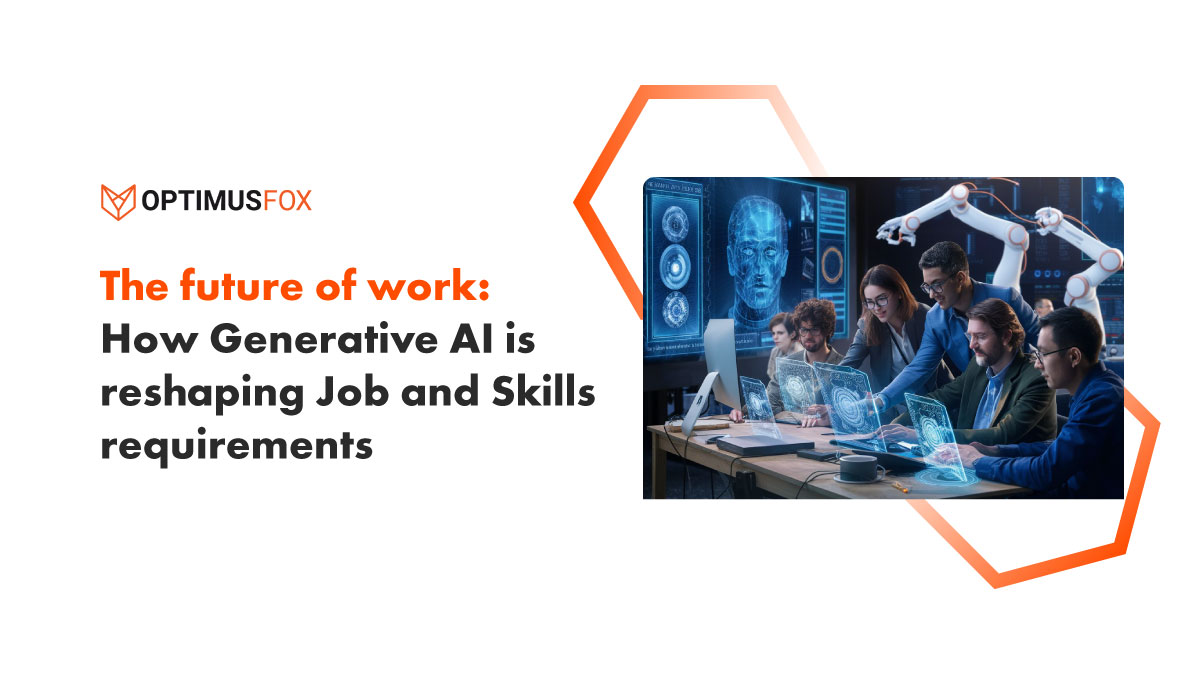
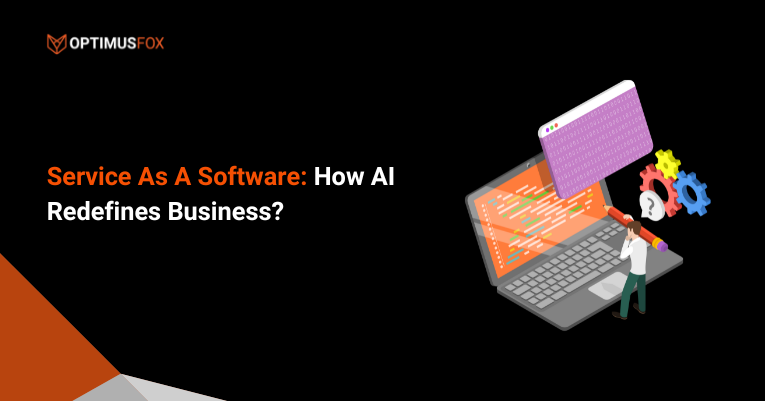


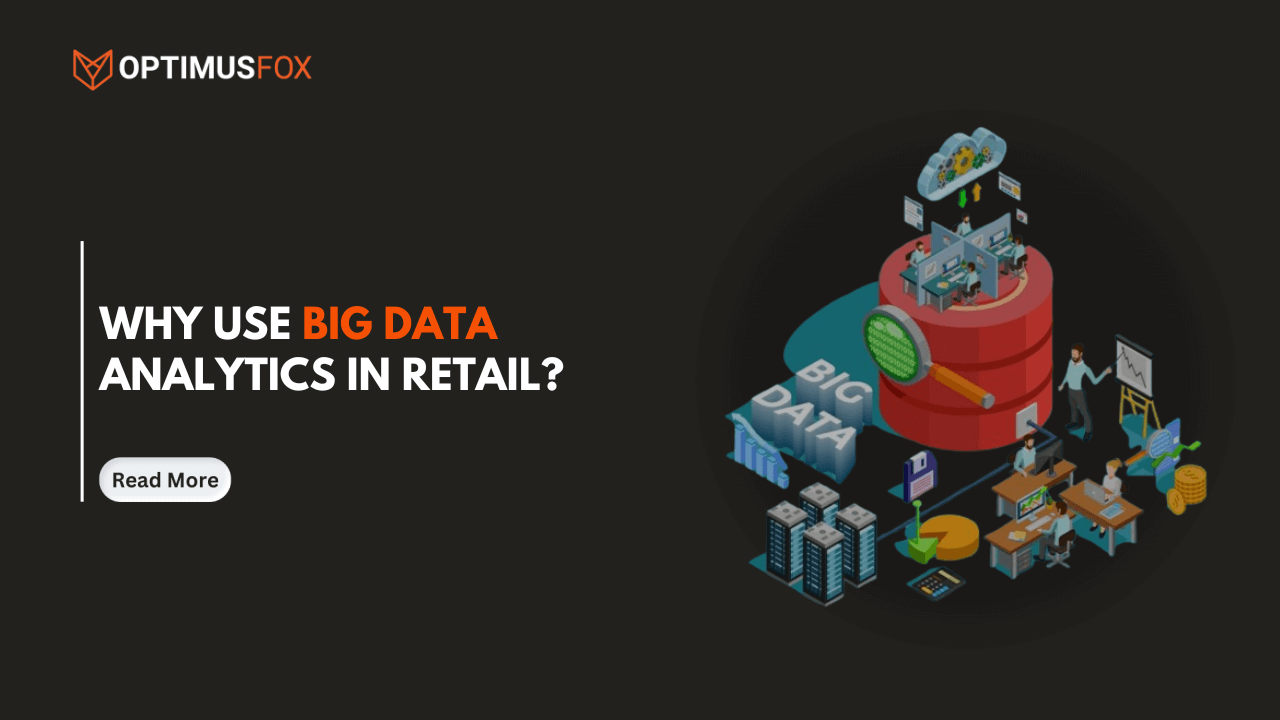
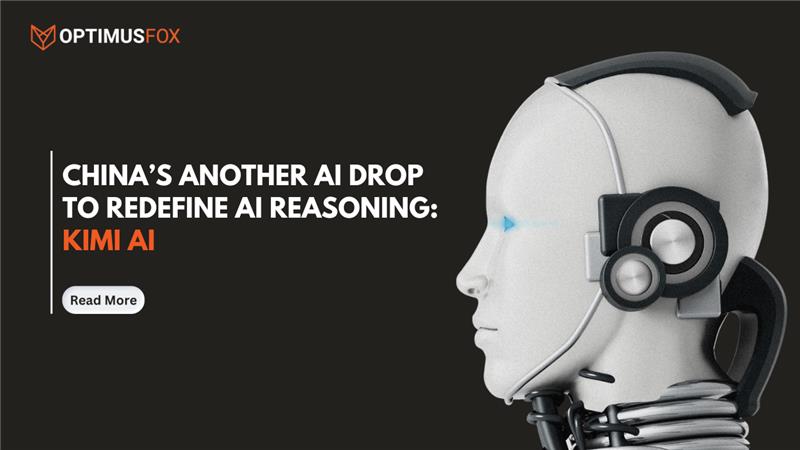
 Chat with us
Chat with us